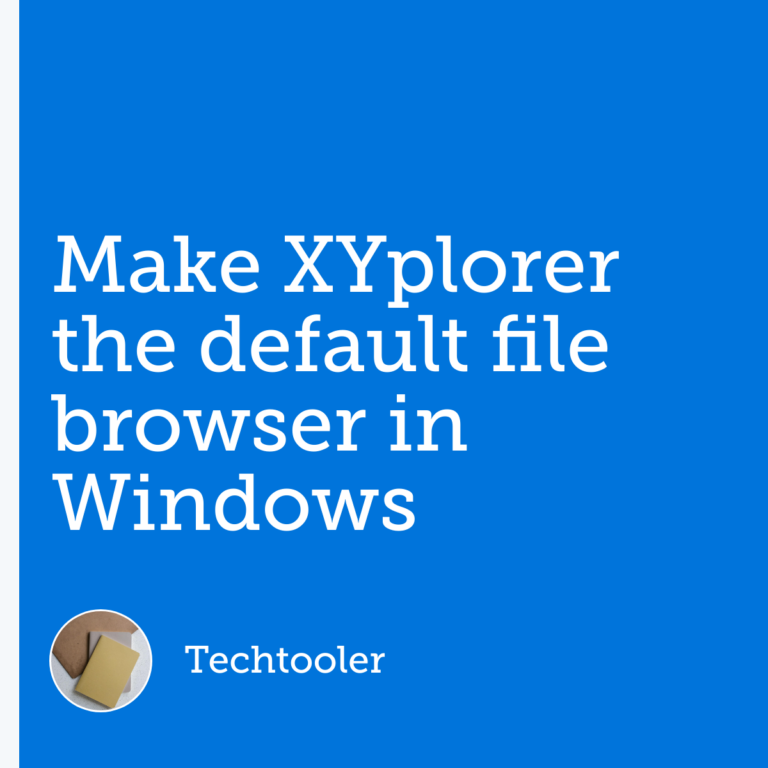If we invested in a custom feature rich file browser like XYplorer we likely want it to be the default file browser that opens when we click on drives or directories.
To make XYplorer the default file browser go to tools->Configuration and choose shell integration from the settings menu. Next, check XYplorer in shell context menu and XYplorer is default file manager.
Let's see why this is a good idea and how we can make an even tighter XYplorer integration into the operating system.
XYplorer is simply a more effective tool when it comes to managing files, folders, and tasks on our computer.
It is packed full of features making everyday tasks faster to perform. Everything from having tabs and double list panels to a custom tree view together with previews for a lot of file formats is just great.
This together with my favorite feature, the catalog from where we can have custom shortcuts, run programs and custom scripts that can perform more advanced task sequences.
Speaking of scripts, XYplorer has its own scripting feature that allows us to access features within XYplorer as well as standard operations such as copy and paste files or run commands.
If we don't have XYplorer set as our default file browser, we might not benefit from these features and instead fall back into old habits of using Windows Explorer.
To make XYplorer the default file manager we first open the configuration interface, you can do som either from the menu by going to Tools->Configuration or you can press the configure icon in the toolbar. It is located to the far right.
Next, on the left side, all settings that we can change from here are categorized on different pages. At the bottom, in the other category, we find shell integration.
Click it to open the shell integration settings.
At the top you will find scope. Here you can choose if the settings on this page will be for the currently logged in user only or for all users on the computer.
Next you check XYplorer in the shell context menu.
This makes it so that XYplorer comes up as an option when we right click a drive or folder somewhere. For example, on the desktop or from another file manager like Windows Explorer.
Next check XYplorer is default file manager.
This changes so that when we double click to open a folder or drive, that location will be open in XYplorer instead of the default windows explorer.
Note though that this also changes it so that when you click to open a folder in Windows Explorers list view, it will not just change folder in Windows Explorer, instead XYplorer will launch to the folder location.
The last step to fully integrate XYplorer as the default file browser would be to change so that the Win+E shortcut opens XYPlorer instead of Windows Explorer. However, the Win+E shortcut cannot be changed. So, the second-best thing we can do is to set XYplorer to open on the Win+1 shortcut.

We can do this by pinning XYplorer to the taskbar and moving it to the left most position.
First, open XYplorer. On the start menu bar in Windows, right click XYplorer and choose pin to taskbar. XYplorer will now stay on the taskbar even when it is closed.
Each pinned item on the taskbar can be opened with the shortcut Win+#. The # sign is the position number of the icon counting from the left.
So, the left most icon on the taskbar will have the shortcut Win+1, the second to the left icon will start with the shortcut Win+2 and so on.
So, if we put XYplorer to the far left, we set it to the Win+1 shortcut.
In this article we learned how to make XYplorer the default file browser in Windows. We also learned some of the benefits of using XYplorer is the default and how we could set up a substitute shortcut instead of the Win+E key that we are used to having for opening the default file browser.
I hope it was helpful and thanks for your time.
